Best dash cams Australia 2025: The best cameras to protect your car
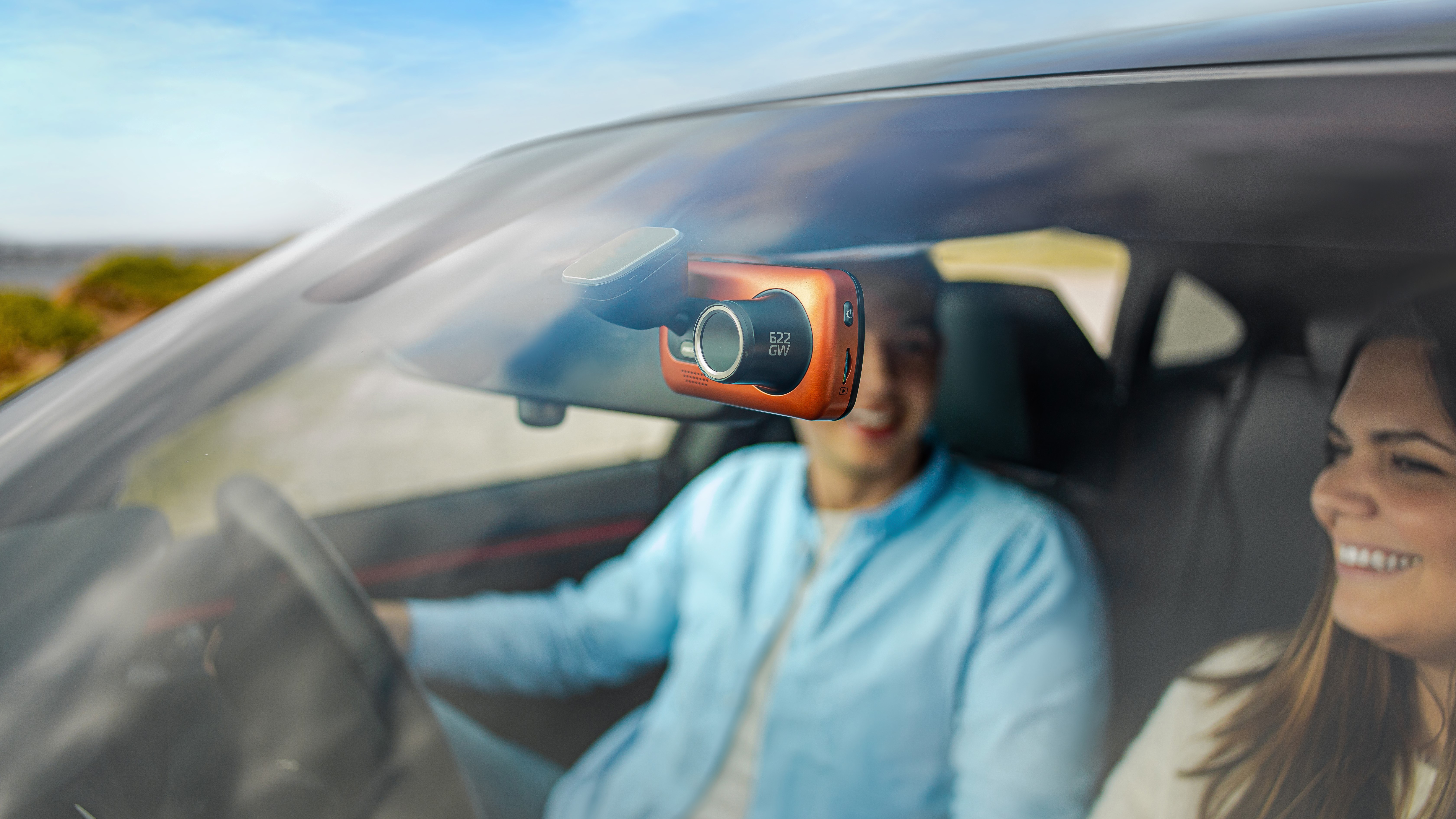
The best dash cams in Australia can't stop accidents from happening, but they can guarantee that you have a record if anything does happen. If you're heading on your next road trip or you park your car on an unknown street, a dash cam can help you manage any insurance claims should anything go wrong, whether you're in the car or not.
Whether it's your fault or someone else's, the best dash cams ensure that it's never your word against theirs – and your insurance company will thank you for it. The only issue is deciding which one is right for you, since the are numerous dash cams to choose from.
Each will have its own set of features. For example, some have built-in storage, while others require a memory card. You'll also find dash cam kits with both front and rear cameras, so you can keep an eye on the road behind you too. You can also stand to benefit from built-in GPS since this will be able to record the exact location where an accident occurs.
So, with much to think about, buying a dash cam isn't as simple as it seems. Fortunately, we've tested some of the latest and greatest models to help you decide. These are the best cash cams currently available in Australia.
The best dash cams you can buy in Australia in 2025
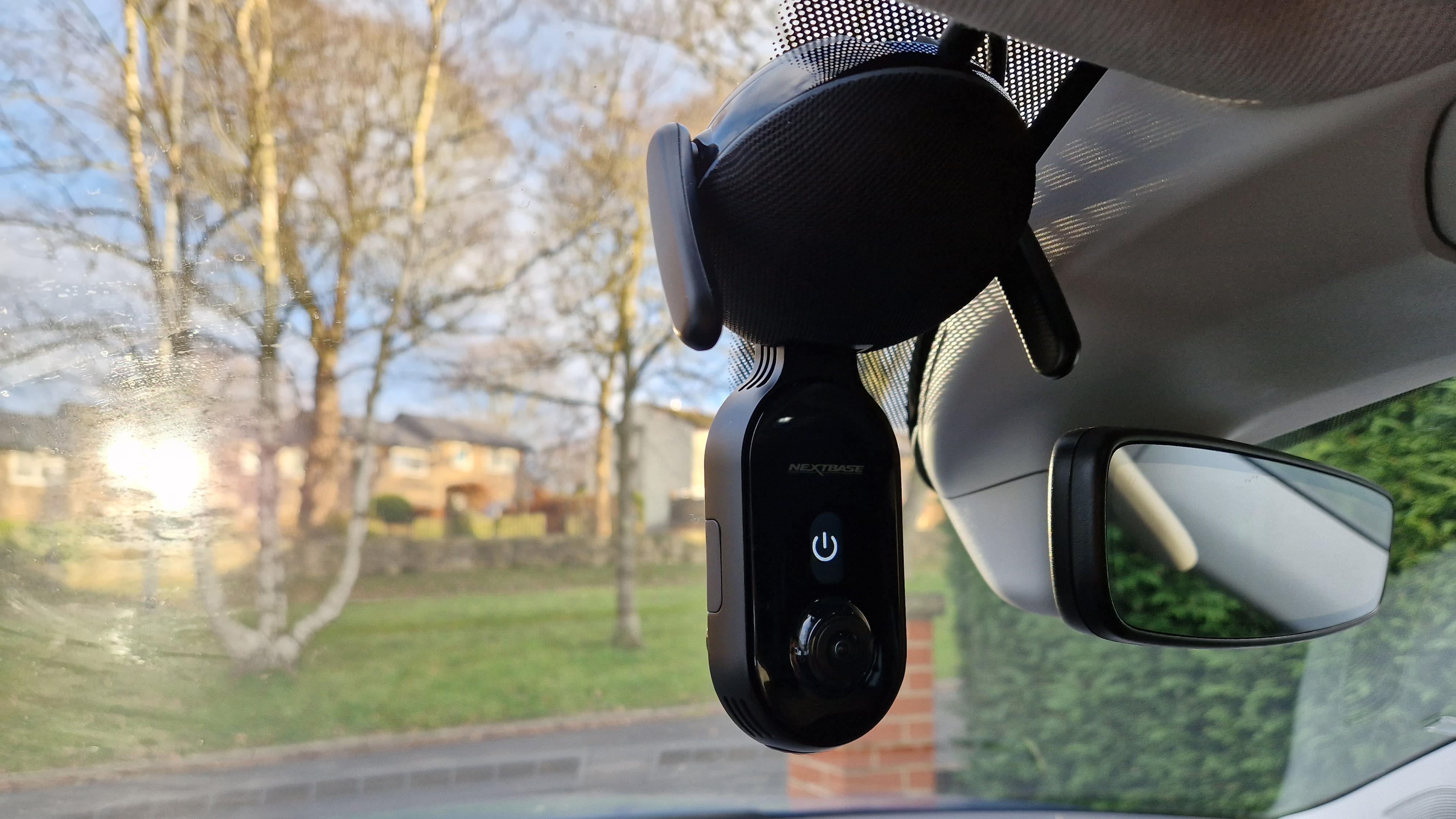
1. Nextbase IQ
Our expert review:
Specifications
Reasons to buy
Reasons to avoid
If you're looking for a dash cam that's packed full of smart features and still manages to offer incredible video footage, look no further than the Nextbase iQ. this all-in-on solution has just about everything you'd need to protect yourself and your car from whatever happens when you're out on the road.
Advanced features include a proximity radar that powers advanced parking mode and is able to check for intrusions or people hanging around near your parked car. Witness Mode is also capable of contacting a nominated contact, so they can see a live video feed of whatever is happening after an incident. There are also voice commands, automatic incident recording, emergency SOS and a feature that watches out for obstructions in the road ahead.
The Nextbase iQ is expensive, and the optional subscriptions can push up that price even further. Thankfully you're not locked into a single model, since Nextbase offers 1080p, 2K and 4K options at various different price points.
Read our full Nextbase iQ dash cam review
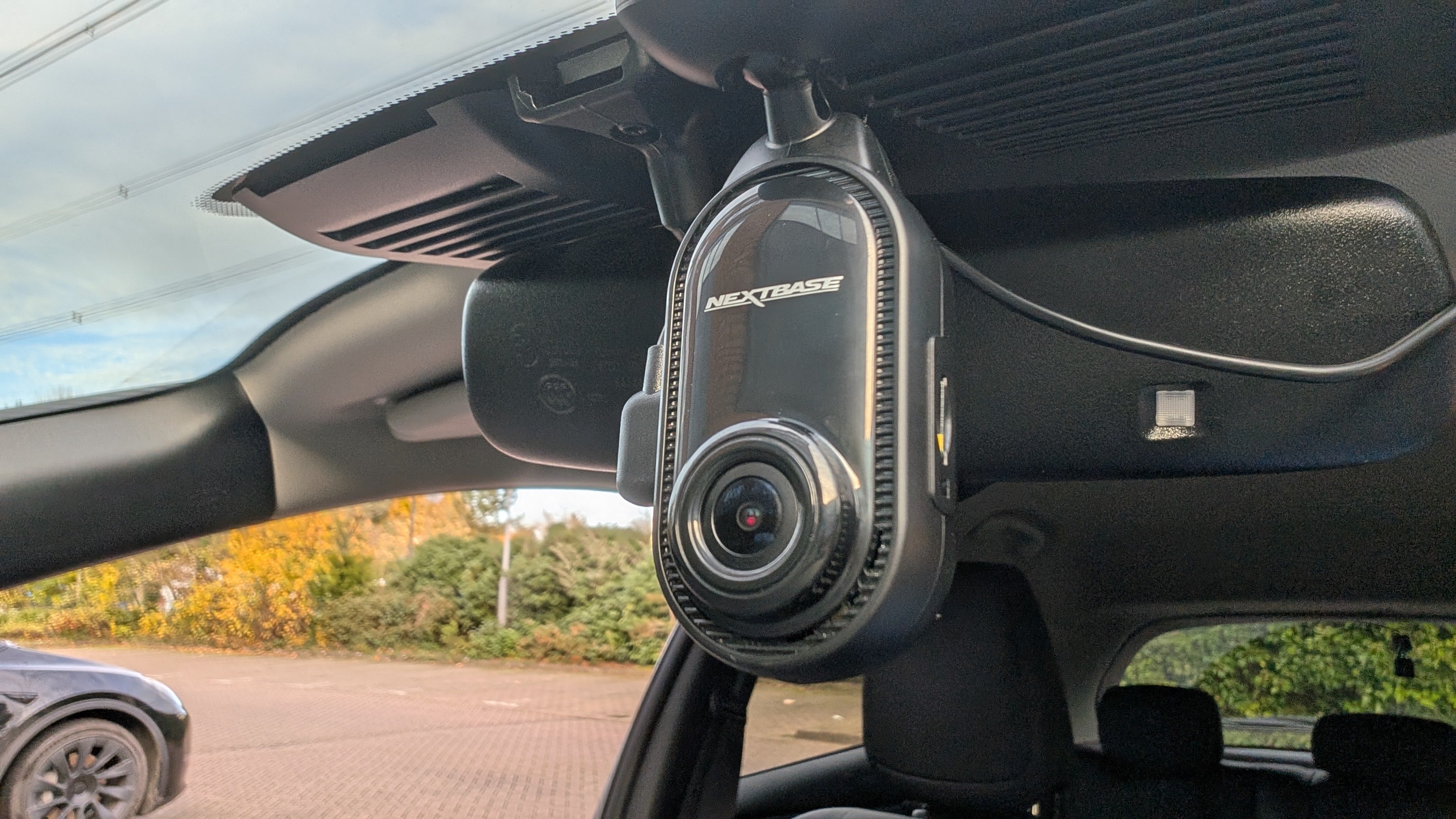

Specifications
Reasons to buy
Reasons to avoid
The Nextbase Piqo isn't as feature-rich as the Nextbase iQ, but it certainly takes a lot of inspiration from the flagship dash cam — at a fraction of the cost. There's no LTE connection, but it does offer impressive features like live streaming incidents to trusted contacts and reporting accidents to emergency services if you're incapacitated.
We were a little disappointed with the video quality at 1080p resolution, and the night vision is far from perfect. But the 2K models offer some impressive video quality that should prove more than enough to cover all the driving you do. Plus there are voice commands that help you can switch smarter features on and off with a single command
But really the biggest strength is its design. The Nextbase Piqo is small and sleek enough you probably won't even notice it on your windscreen. This means you can forget about it and focus on what really matters — driving.
Read our full Nextbase Piqo review
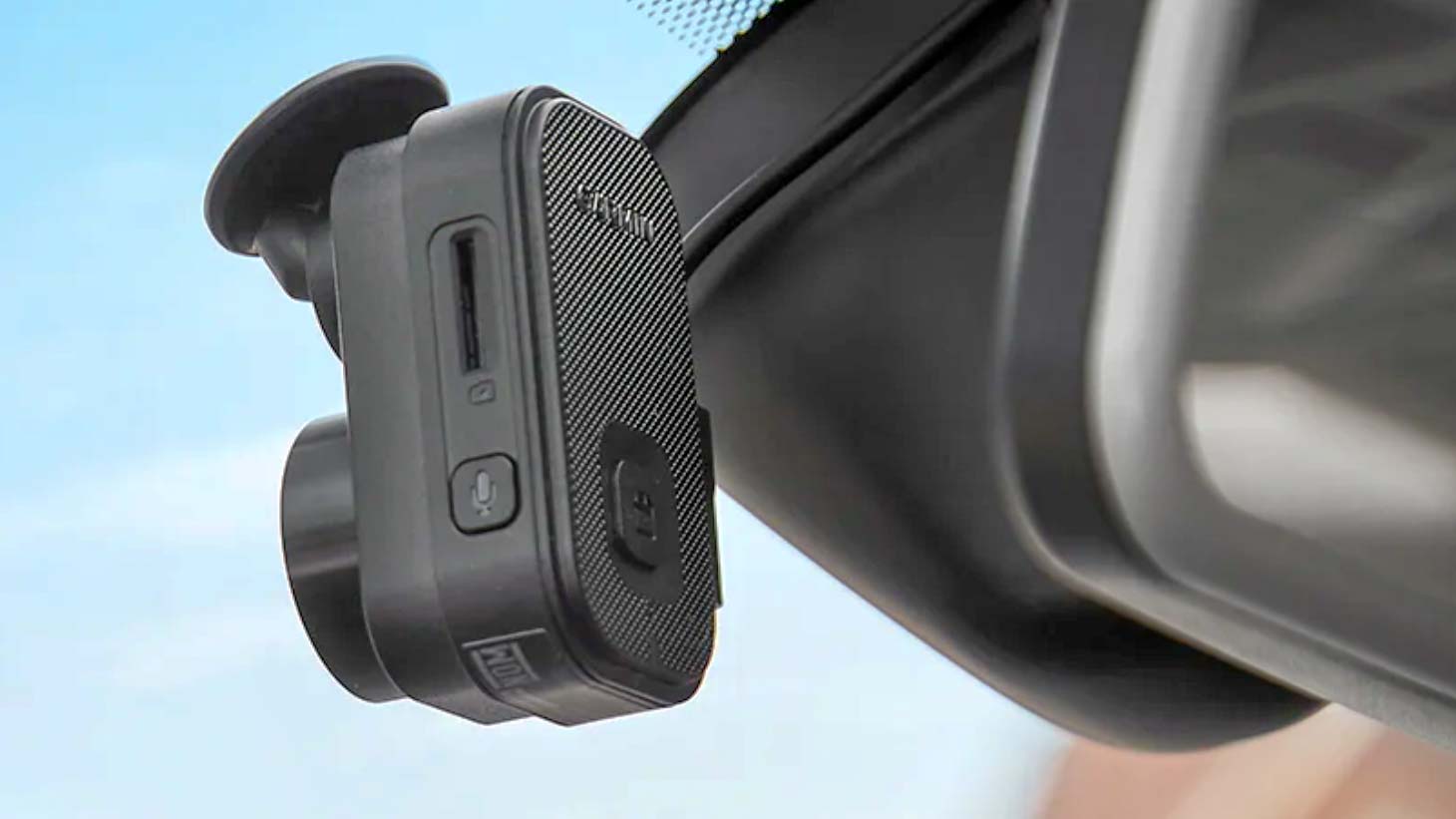

3. Garmin Dash Cam Mini 2
Our expert review:
Specifications
Reasons to buy
Reasons to avoid
Don't be fooled by its size, the Garmin Dash Cam Mini 2 packs an awfully powerful punch for something so tiny. It may not have features like a display or GPS, but it does produce great image quality and has voice controls in case you need the camera to do something mid-drive.
Plus like other recent Garmin Dash Cams it can smarten up your car with features like forward collision warning, lane departure warnings, speed camera and stop light notifications, and more. And there's the Garmin Vault, a cloud storage that automatically stores all your recordings in the cloud for safe keeping.
But the biggest strength is its design. The Garmin Dash Cam Mini 2 is so dinky you probably won't even notice it on your windscreen. Which means far fewer distractions when you drive.
Read our full Garmin Dash Cam Mini 2 review
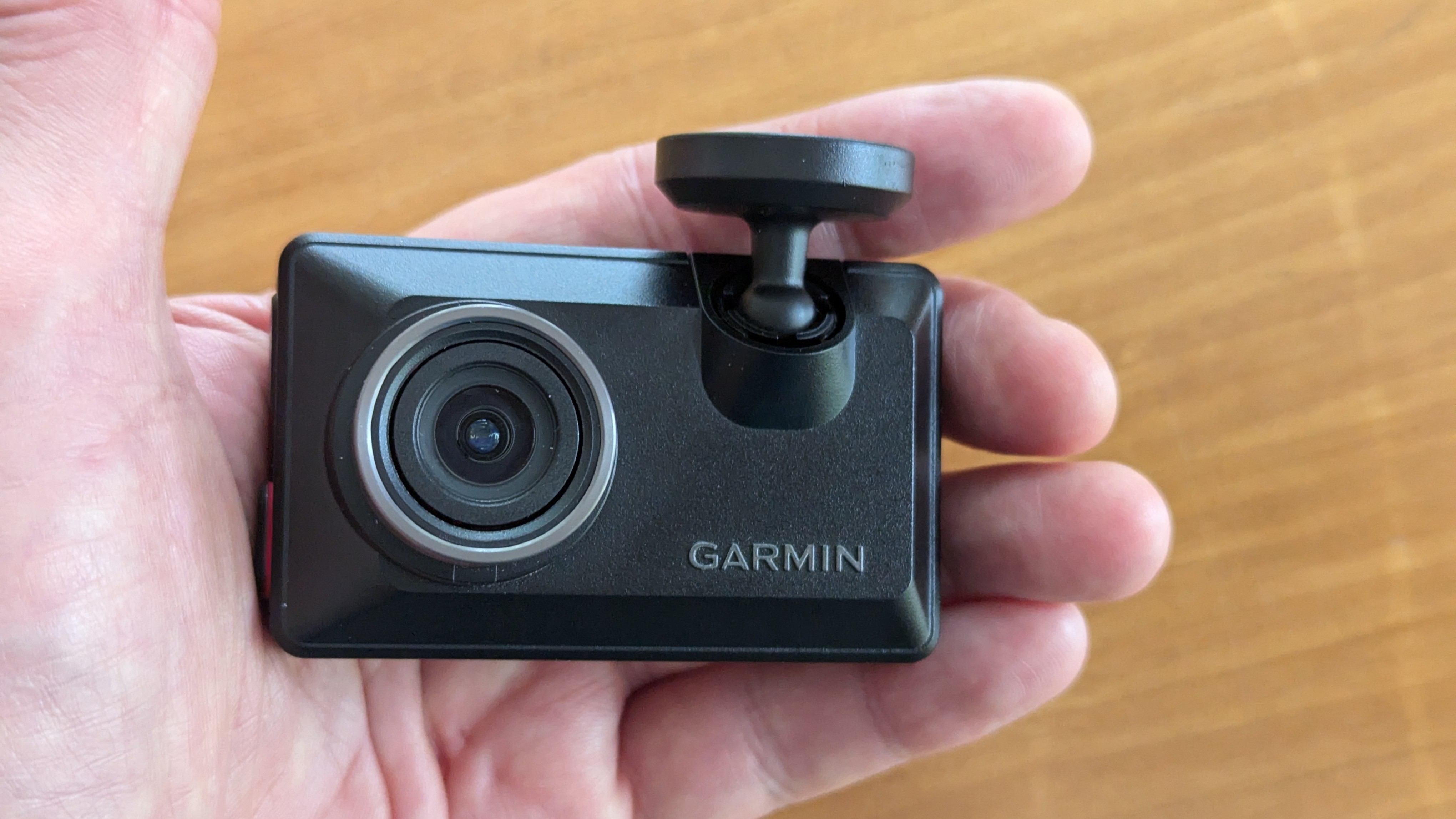
Specifications
Reasons to buy
Reasons to avoid
The Garmin X310 dash cam makes a name for itself with its compact design and the ability to record high quality video without the usual lens glare that can affect some of its rivals. However it's also capable of offering some incredibly useful safety features, which may be useful for those of you that don't have modern cars.
Like many Garmin dash cams, the X310 offers lane departure warnings, early collision alerts, plus an alert for upcoming red lights. and safety cameras. The downside is that a lot of the X310's power comes from the Garmin Drive app, which requires a $10 a month subscription to get the most out of your camera. But this does come with cloud video storage and a live view mode, which a lot of less dash cams lack.
But subscription of not, the X310 proved easy to install, and produced some excellent videos — aided by the built-in polarizing filter to reduce glare. Our reviewer Brian Nadel found the video he recorded was excellent, with sharp clear video that lacked irrigating pixelization. Not to mention the lifelike colors, which is impressive for such a small camera.
Read our full Garmin X310 Dash Cam review
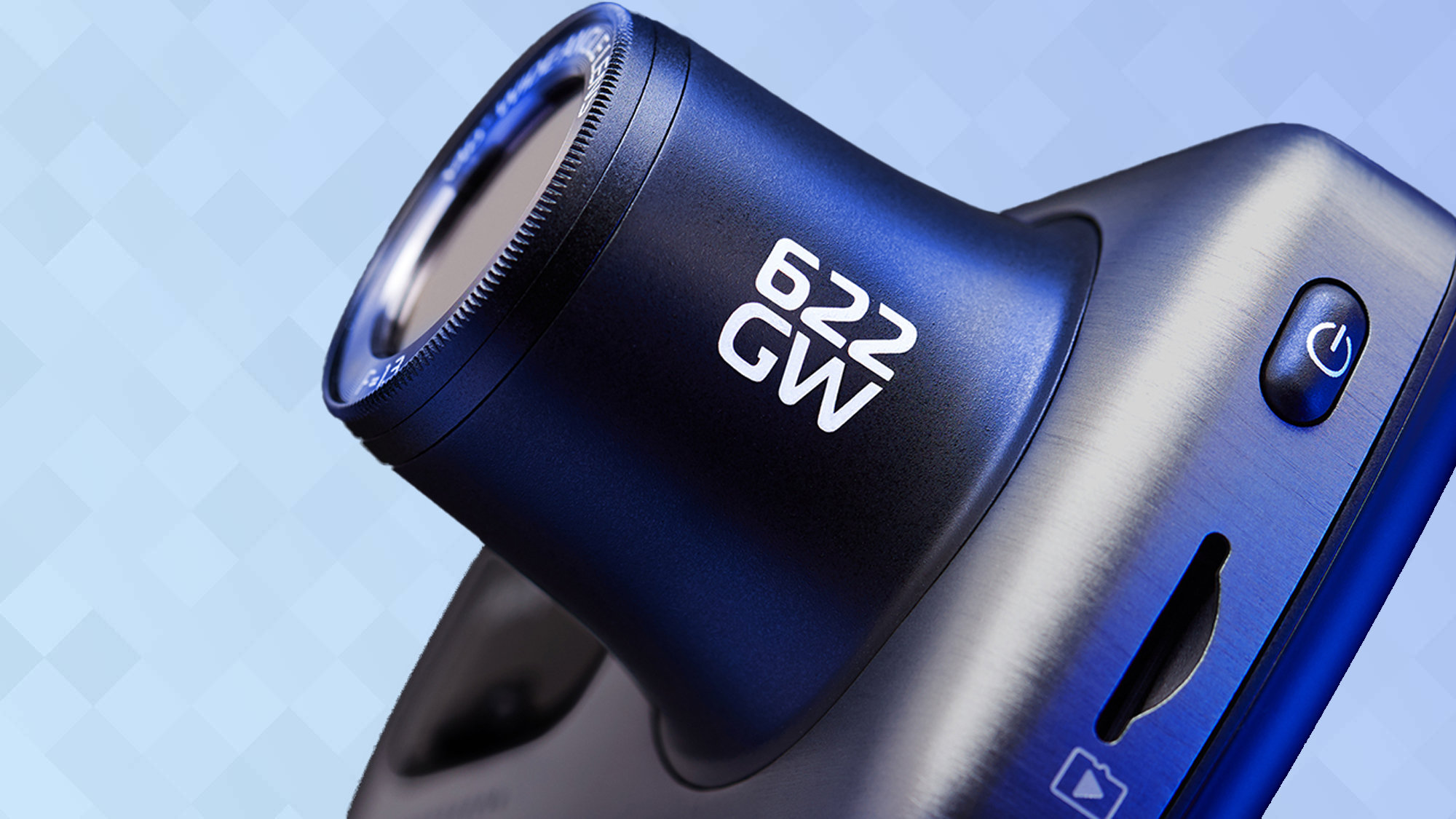
5. Nextbase 622GW
Our expert review:
Specifications
Reasons to buy
Reasons to avoid
If you have money to burn, then the Nextbase 622GW has all the features you could ever want from a dash cam, and more. The design certainly won't set the world on fire, but it has an unparalleled feature set that offers some of the best video quality of any dash cam currently on the market.
The 622GW can record video in 4K/120fps, built-in image stabilization to ensure you have silky-smooth recordings, an extreme weather mode, and a polarizing filter that will minimize reflections that would otherwise spoil your film.
But on top of that it also packs in Alexa voice controls, enhanced night vision, a parking mode that senses collisions when you're parked up, and an emergency SOS service that contacts first responders in the event that the driver is unable to do it themselves. What3Words integration also ensures they know exactly where you are, down to a three meter area.
The 622GW also connects to Nextbase's rear-view camera (sold separately) to see what's going on behind you. Though the fact that this camera costs so much and doesn't offer two way recording by default may irk the more price-conscious among you.
Read our full Nextbase 622GW review
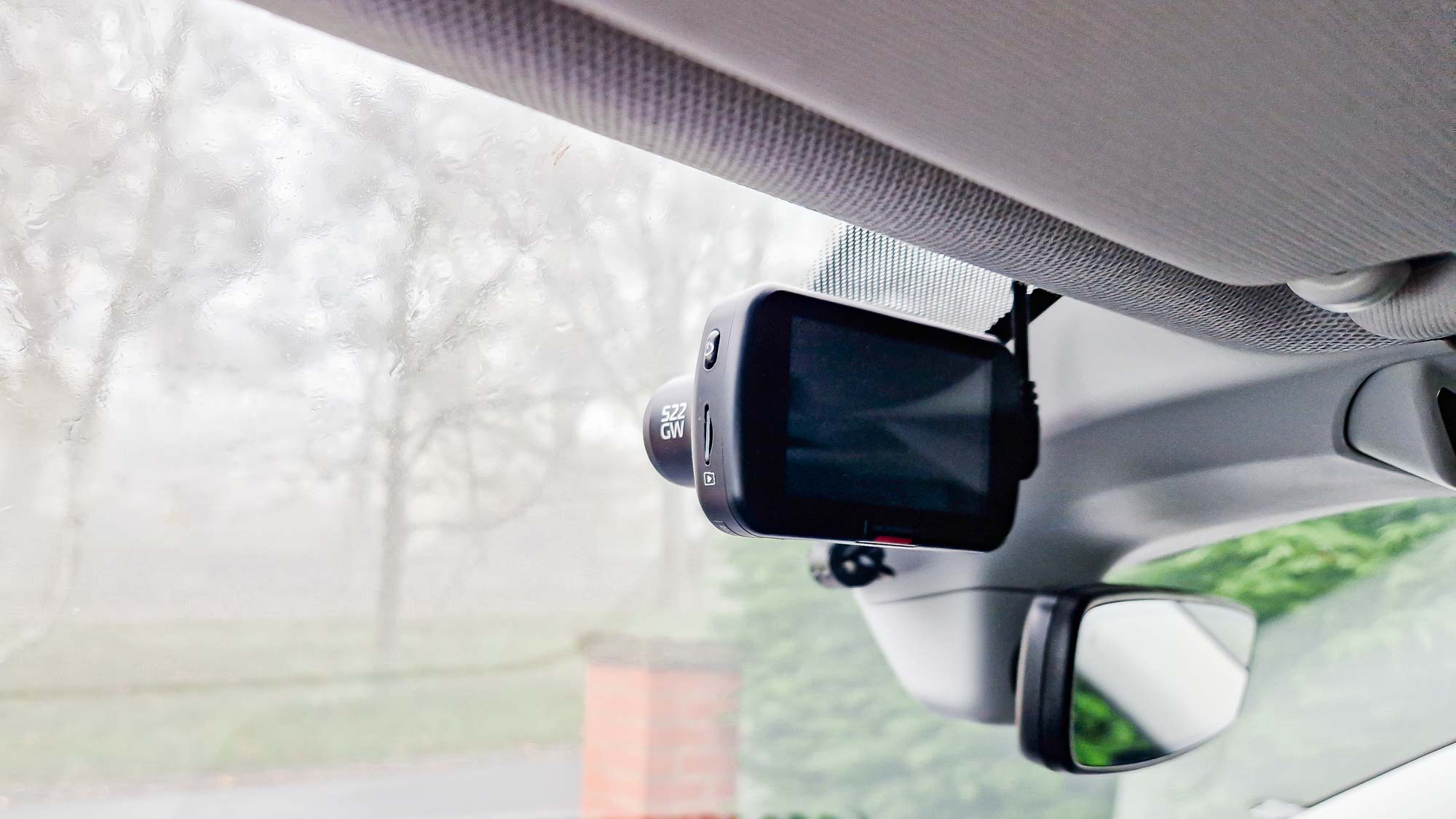
6. Nextbase 522GW
Our expert review:
Specifications
Reasons to buy
Reasons to avoid
While the Nextbase 622GW has it beaten on advanced features, there's no denying that the nextbase 522GW offers an impressive practicality and function for a much more palatable price tag. It has fantastic image quality during the day, though night vision can be a little troublesome if there isn't much ambient light.
The camera also features a 3-inch touchscreen for easy use, Alexa voice functionality, an emergency SOS mode and a polarizing filter for better image quality when the sun is a little too bright for the camera to otherwise handle. Like other Nextbase models there's a magnetic Click& Go mount and the option to sync with various rea-view and interior models Nextbase has on sale.
Read our full Nextbase 522GW review
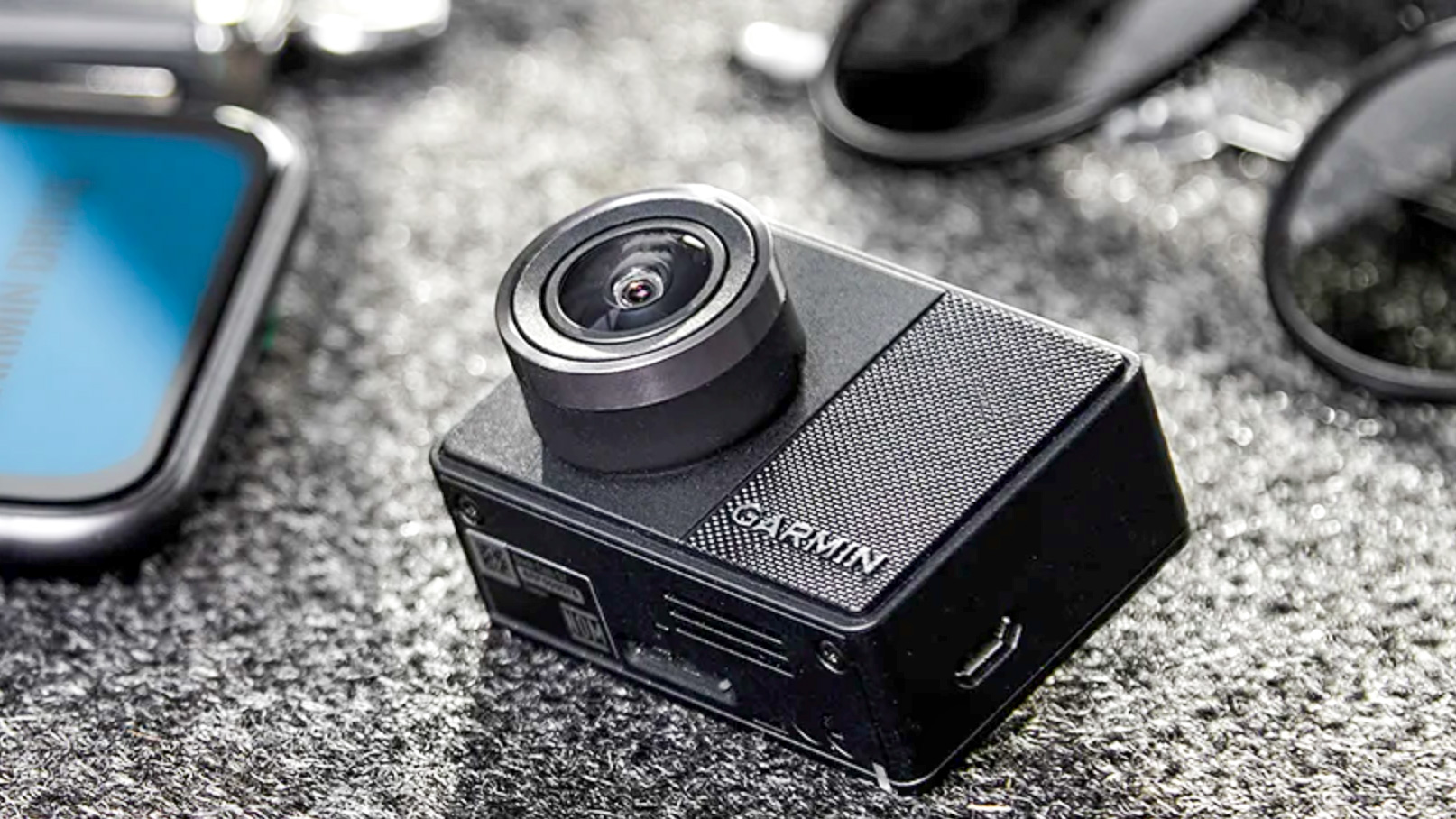
7. Garmin Dash Cam 57
Our expert review:
Specifications
Reasons to buy
Reasons to avoid
If you're looking for solid features at a less stomach churning price, there's Garmin's Dash Cam 57. The Garmin Dash Cam 57 packs in all the usual dash cam features, as well as a few more that enhance your recording capabilities and smarten up your car in the process.
If you don't have a a newer car with driver assistance features, this is where the Garmin 57 shines. It packs in a number of safety features including forward collision warnings, lane departure warnings, and alerts when you're coming up to stop lights and speed cameras. It'll also tell you when you're too absent-minded to notice traffic has started moving.
The Garmin 57 also packs in a parking guard, a live view, and an automatic cloud backup that securely stores your recording in the cloud for safe keeping. Tie that in with voice controls, built-in GPS and 1440p video resolution, and you should be able to record all the important details should the worst ever happen.
Plus, like all Garmin dash cams, the Garmin 57 can connect to an additional four cameras to cover other directions.
Read our full Garmin Dash Cam 57 review

8. Vantrue N2 Pro
Our expert review:
Specifications
Reasons to buy
Reasons to avoid
If you'd rather save the hassle of having two dash cam modules to cover your front and rear, the Vantrue N2 Pro might be a sold option for you. Not only does it feature an additional lens to cover your rear, it lets you adjust the angle of that lens to better suit the interior of your car.
The overall footage isn't the best quality, with some graininess and lens flare, you'll still end up with crisp, clear videos to keep tabs on what's happening on the roads around you. Of course it's missing a lot of important things, like wireless connectivity of any kind, which will make accessing your videos a little bit more difficult.
But with all the basics on board, and a secondary camera included in the price, then this is a dash cam well worth considering. Especially for the AU$300 price tag.
Read our full Vantrue N2 Pro review
What to look for in a dash cam
Why you can trust Tom's Guide
You may not need a dash cam that comes with 4K resolution or various smart features. But at the very least you're going to want a camera that records good quality video and can automatically detect whenever you get into an accident.
Thankfully the vast majority of them do this, so it's all about asking yourself what extras you need — and whether they're worth the additional cost. GPS is one feature you might think about skipping, though it can still be useful. After all GPS can log exactly where an accident took place, and how fast you were moving at the time. Knowing both things can work in your favor under the right circumstances.
Likewise voice controls can be invaluable if you need to be able to control your camera mid-drive. After all not all incidents lead to collisions, and it's useful to be able to record evidence of wrongdoing without having to mess about with your camera.
Lastly you may want to check whether the dash cam you have can connect to other cameras. After all cars come from all directions, and it helps to be able to keep a log of things coming at you from different directions. Especially from the rear, where you probably won't see danger coming.
How we test dash cams
Every dash cam you see in this list has been tested and reviewed to ensure that the best dash cams really are the best. We look at every step involved in owning a dash cam, from setup all the way to actually having to pull your footage from the memory card.
The testing begins by setting up the camera, and judging it depending on how easy or difficult the whole process is. We also spend extensive time on the road, day and night, to collect footage and make an informed judgement on how each camera performs in a variety of real world conditions.
We also assess each camera's design and companion software (if it has any) throughout this process, and asses what impact it has on day to day use. Finally we collect the footage from the camera, which can be via a companion app or by manually transferring the microSD card to a different machine. The ease or difficulty in which this happens also factors into our final score, as do any additional features the camera may or may not have.
Get instant access to breaking news, the hottest reviews, great deals and helpful tips.

Tom is the Tom's Guide's UK Phones Editor, tackling the latest smartphone news and vocally expressing his opinions about upcoming features or changes. It's long way from his days as editor of Gizmodo UK, when pretty much everything was on the table. He’s usually found trying to squeeze another giant Lego set onto the shelf, draining very large cups of coffee, or complaining about how terrible his Smart TV is.
- Lucy ScottingStaff Writer
